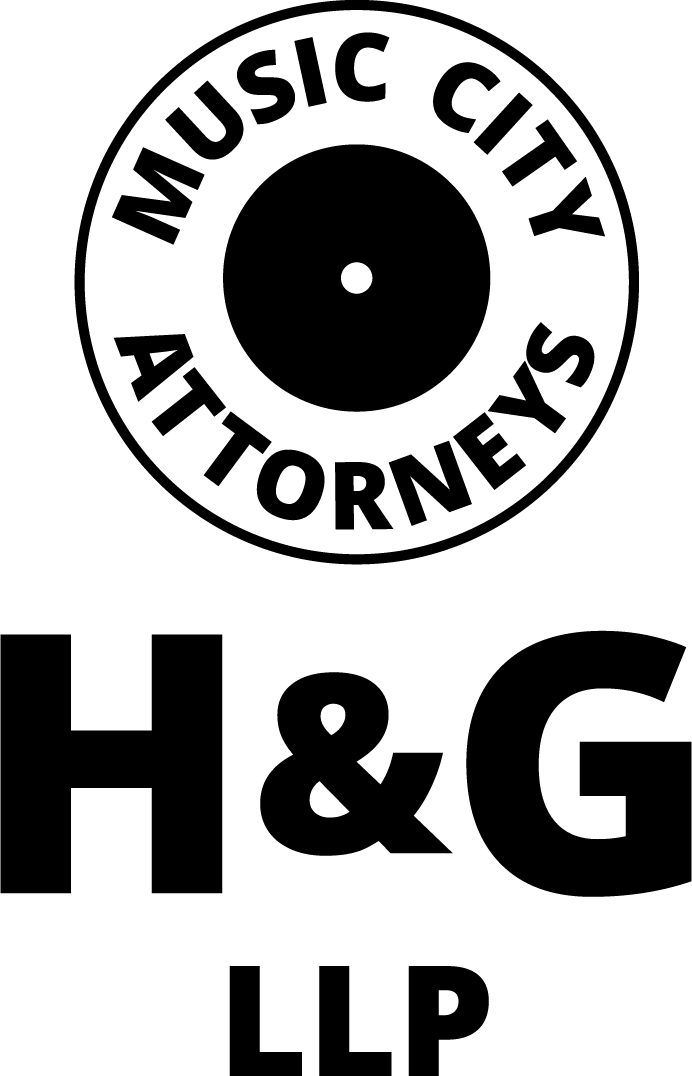Brand Protection and Trademark Law
Trademarks, copyrights, patents, and trade secrets. These are the big areas of intellectual property, and each has its own set of unique applications and requirements. Today, more and more companies are turning towards intellectual property law to both defend their assets and position within the market, but also to go on the offensive and grow their business. Virtually every company invests significant time and resources in developing a brand that connects with consumers. Trademarks remain one of the best mechanisms for a company interested in utilizing intellectual property law to advance and protect their brand. This blog post focuses specifically on trademark law and how a trademark can be used to protect and grow your brand.
What is a Trademark?
Trademarks are typically words, phrases, slogans, symbols, colors, and/or designs that identify the source of a particular product or service. We use the term “trademark” when referring to a physical product or good and the term “service mark” when referring to services. However, both trademarks and service marks are generally referred to as “trademarks.”
The purpose of trademark law is to help consumers easily identify products or services when making a purchasing decision. The thinking is, if we prevent third parties from using another’s trademark, or a mark that is confusingly similar, then consumers can more easily differentiate between particular products or services within the marketplace and make better purchasing decisions. A secondary purpose of trademark law is to protect the trademark owner’s reputation with consumers. The idea is where someone has invested significant time and resources into creating a branded product or service that consumers like, the law should protect that investment. Trademark law does just that.
Some popular trademarks include Coca-Cola, Apple, Google, Rolex, Tiffany, and Lamborghini. However, that list only scratches the surface of registered trademarks. An estimated 7 million trademark applications were filed worldwide in 2016, and trademark filings in the U.S. have doubled since the mid-1990s.
Do I have a strong trademark?
Trademarks live on a scale of distinctiveness. Strong trademarks are ones that are inherently distinct or have acquired a certain reputation in the minds of consumers. To achieve the strongest trademark protection for your branded product or service, your trademark should be distinctive. Below are the categories of distinctiveness from weakest to strongest that have emerged within trademark law:
Generic
A common product or service name rather than the source of the product or service.
Ex: “Shampoo” for a shampoo product, “beer” for a beer product.
Descriptive
Merely describes a product or service, or a characteristic of a product or service rather than the source of a product or service.
Ex: “Quick Deliveries” for a delivery service, “Crunchy Cereal” for a breakfast cereal that is crunchy.
Suggestive
Evokes an attribute of a good or service without actually describing the attribute which requires the customer to use some imagination or thought to determine the nature of the good or service.
Ex: “Sweeten Your Happy Hour” for a margarita mix.
Arbitrary
A real word, but used in a way that is unconnected to its conventional meaning.
Ex: “Apple” for use with computer products.
Fanciful
A made-up word, sign, symbol, or phrase.
Ex: “Kodak” for use with camera products.
When you think about some of the world’s most famous brands, you may frequently find that they are built on trademarks that come from the strongest area on the scale of distinctiveness.
How do I use a trademark to protect my brand?
Registering your trademark on the principal register of the United States Patent and Trademark Office (USPTO) is the best way to protect your brand. Registering your trademark gives you a legal presumption that you have the right to use the trademark nationwide. This can prove to be a significant asset for a company’s portfolio of intellectual property and allows a company to protect their brand from being infringed by others.
Before you register your mark, you should make sure that your potential mark is both registrable and strong. This process is known as “clearance” and it allows you to evaluate whether there are any competing trademarks already out there. In addition, trademark clearance is important because there are certain types of marks that the USPTO has determined are unfit to be registered and clearance mitigates the possibility of spending money on trademarks that are unfit for registration.
While this is not an exhaustive write-up of things to consider when determining how to protect your brand and grow your company, it is a great jumping-off point to begin considering how trademark law may be used to help your company thrive.
Contact us if you have any questions about trademark law, we would love to help you!
Also, be sure to check out real world examples of trademark disputes.
Photo by Markus Spiske on Unsplash
*The material and information in this blog is for general informational purposes only. In no way is this information to be construed as legal advice for a particular situation.*

